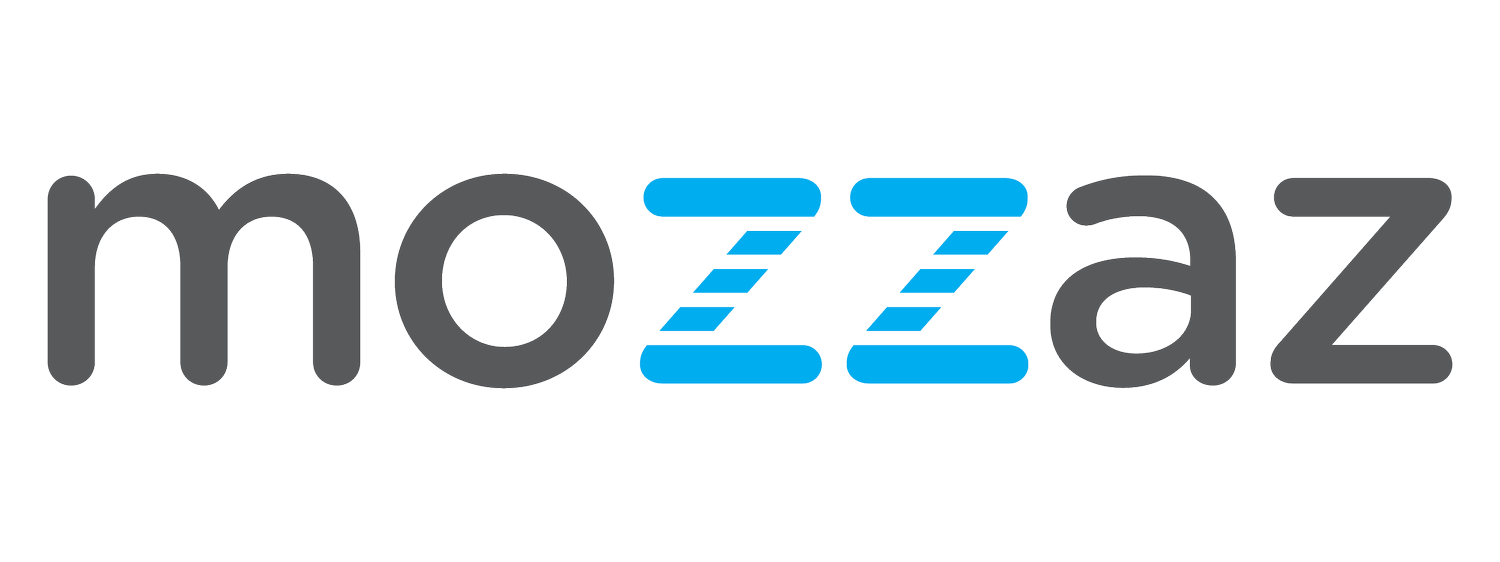Four mHealth Strategies to Improve Outcomes & Reduce Care Costs
Consumers are living longer and with more health conditions than in previous generations. Technology and medical advancements may improve consumer health care outcomes but attempting to define and organize consumers to best target and deliver care is a rapidly growing challenge as their needs become more complex. Indeed, defining a “complex care” consumer is a task unto itself.
The same factors that contribute to a consumer’s increased complexity of need also predispose them to being “super-utilizers.” This is a term for consumers who utilize a disproportionate amount of health care resources due to the prevalence of multiple illnesses, and uncoordinated and fragmented care. Super-utilizers are the 5% of the population who can utilize as much as 50% of the resources, and while more than 80% of Medicaid super-utilizers have a co-morbid behavioral health disorder, this group also encompasses those with severe disabilities and long-term illnesses. Super-utilizers frequently visit multiple providers, each with their own way of documenting the visit, and each with different or absent methods of collecting data. This complexity, combined with the disproportionate use of resources, creates an increased likelihood of poor health outcomes due to an increased risk of gaps in their care.
One study shows that complexity has less to do with the number of co-morbid conditions and more to do with the challenge of managing the consumer. For example, some individuals with complex care needs tend to be older, have more clinic visits to multiple providers, are prescribed more medications, are more likely to miss appointments, and are more likely to live in neighborhoods with lower income and education levels (1).
The multi-faceted nature of these circumstances results in the need for the right data to categorize consumer needs and the right strategies using additional resources from families, caregivers, and providers to optimize the consumer’s health.
mHealth solutions that deliver contextual content and interventions with the ability to collect data, enable communication, and measure outcomes to enable care refinement are within reach. Organizations can now leverage an integrated solution that combines these pieces, provides true whole-person care, and works seamlessly with every system the consumer may encounter.
Strategies to Improve Care and Reduce Costs:
Personalize
An effective mHealth experience must be relevant and timely to each individual. It should have the right interface while delivering personalized interventions to consumers to support their care plans. People are on the go and health status fluctuates, so meet them where they are by leveraging an mHealth solution that enables care and communication to occur remotely. The ideal solution must make it easier for consumers to manage their health and for providers to modify care. Cater to individual preferences by thinking beyond phones. Solutions need to include tablets, kiosks, large screen panels, blue tooth access, app-less experiences and more based on what best suits the user. Whatever you choose should be easy for an individual to access and should amplify calls to action that influence behavior change.
Connect
There are several members of an individual’s care ecosystem including payers, providers, consumers, family members, caregivers and so on. Technology and tools can coordinate care as individuals go to different providers and keep people connected to move toward common goals and healthy outcomes. Connecting the care team members as described is a great way to leverage your mHealth solution, but connection is also a relevant strategy in regard to data collection. Technology is not just about the “wow” factor; it’s about the “now” factor. Monitoring data from connected devices allows for the identification of issues and modification of care at a moment in time. In this respect, real-time data collection can help close the clinical loop.
Measure
It’s important when thinking about your mHealth solutions that you utilize the right framework. Ensuring best practices are in place for integration helps to bring disparate data sources and points together to provide a complete picture and perspective. When the appropriate framework is in place, you can combine data from multiple sources. For example, data from the consumer or from a care provider observing, along with data from wellness and clinical devices, can create a complete picture of a consumer’s health. Finally, have controls in place that will help ensure you’re readily collecting the data you need, whether that’s from patients or the clinicians managing them.
Optimize
Leveraging the appropriate solutioning, providers can better identify those consumers who are going to need more intensive interventions or who may become super-utilizers. With these individuals identified, care managers can effectively target these consumers and, ideally, intervene before a decline. With the metrics and raw data to understand patterns related to certain levels of an individual’s risks, ‘Smart Alerts’ can reduce expensive episodic care and proactively notify the care team of incidences or warnings. With data providing a more complete picture, risk stratification and care refinement become more realistic. Care plans can be refined based on the data collected - in real time. This will lead to better outcomes – a goal shared by payers, providers, and individuals.
Investing in the right mHealth solution is critical. It can deliver positive health outcomes and savings in direct care costs, and:
For payers, it will help reduce costs and support value-based care delivery.
For providers, it will reduce costs and paperwork, enable more clinical time and timely reimbursement.
For patients, they will feel more empowered, confident in the level of care they are receiving, and experience better outcomes as a result.
With the right mHealth solution, improving quality of life can be easy and meaningful. To learn how Mozzaz can support you in empowering your patients with an effective mHealth solution, contact us today!
References:
(1) McGreevey, S. (2011). What makes patients complex? Ask their primary care physicians. Retrieved from http://www.massgeneral.org/about/pressrelease.aspx?id=1424

